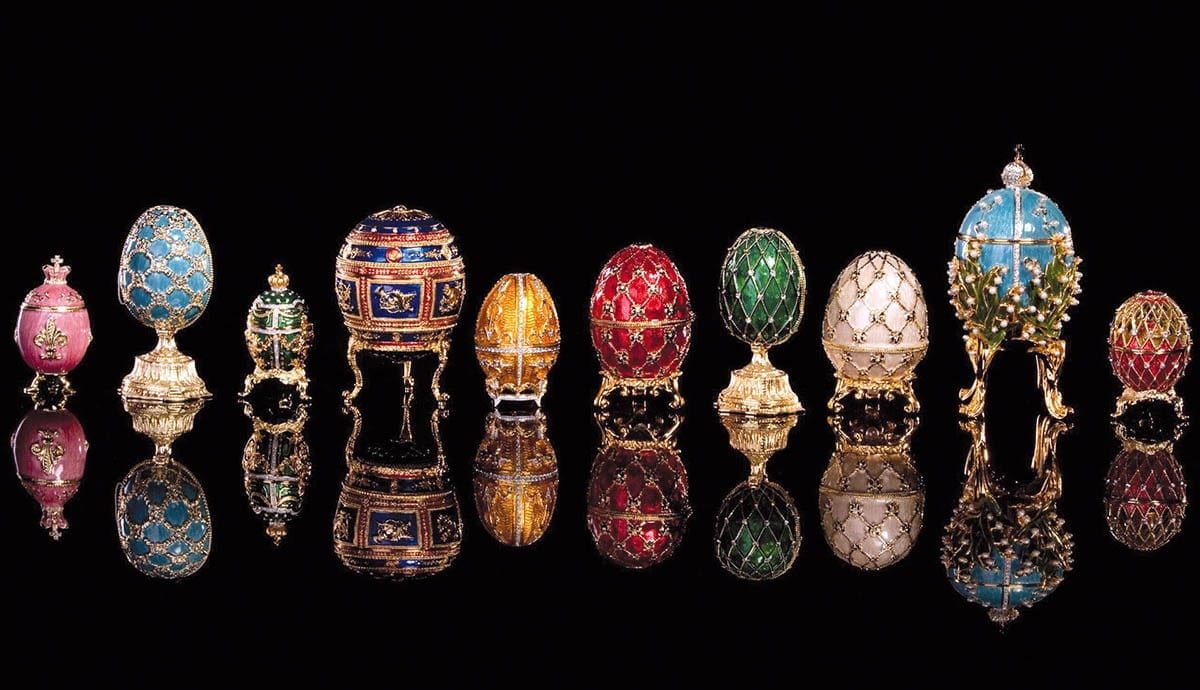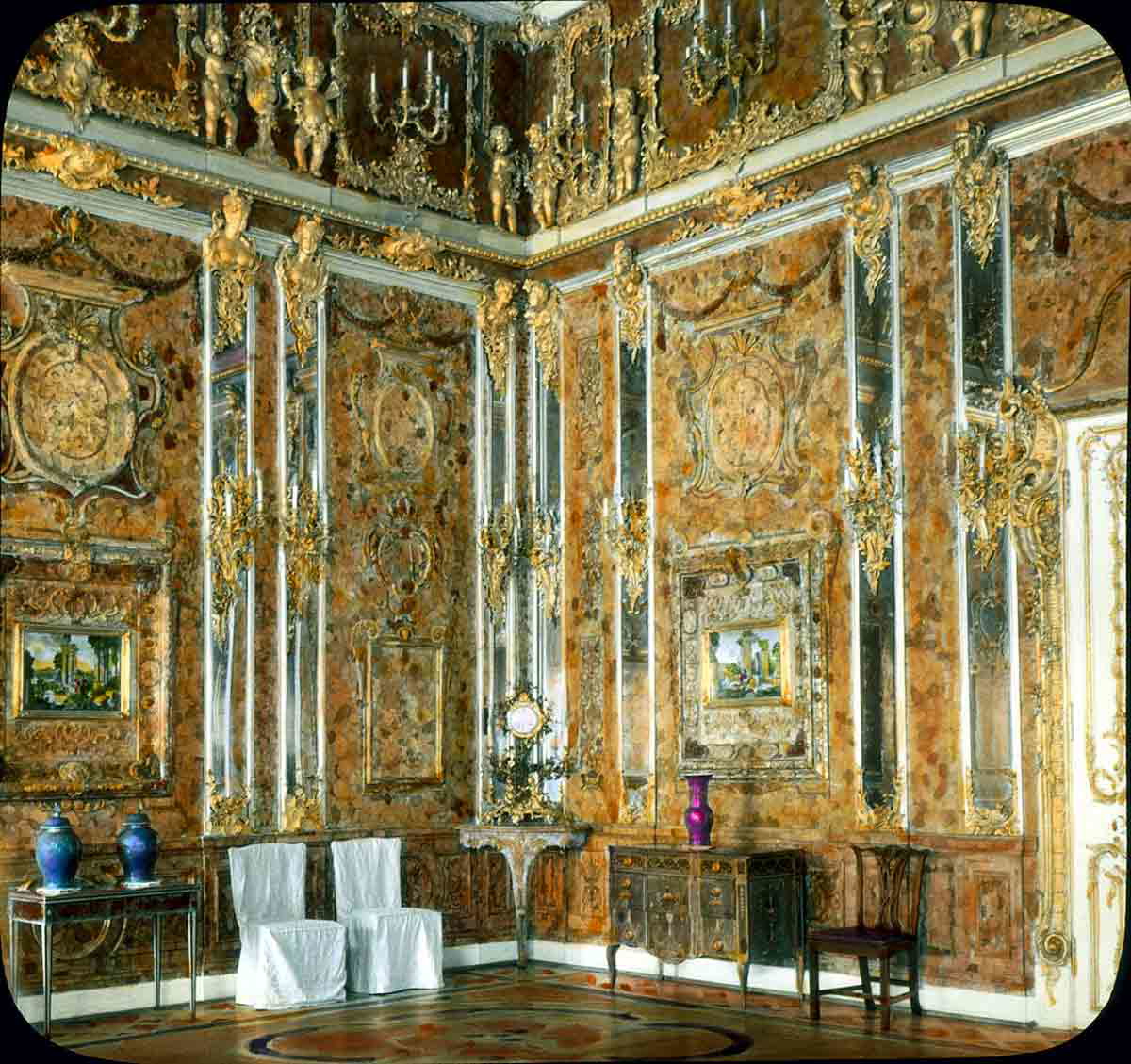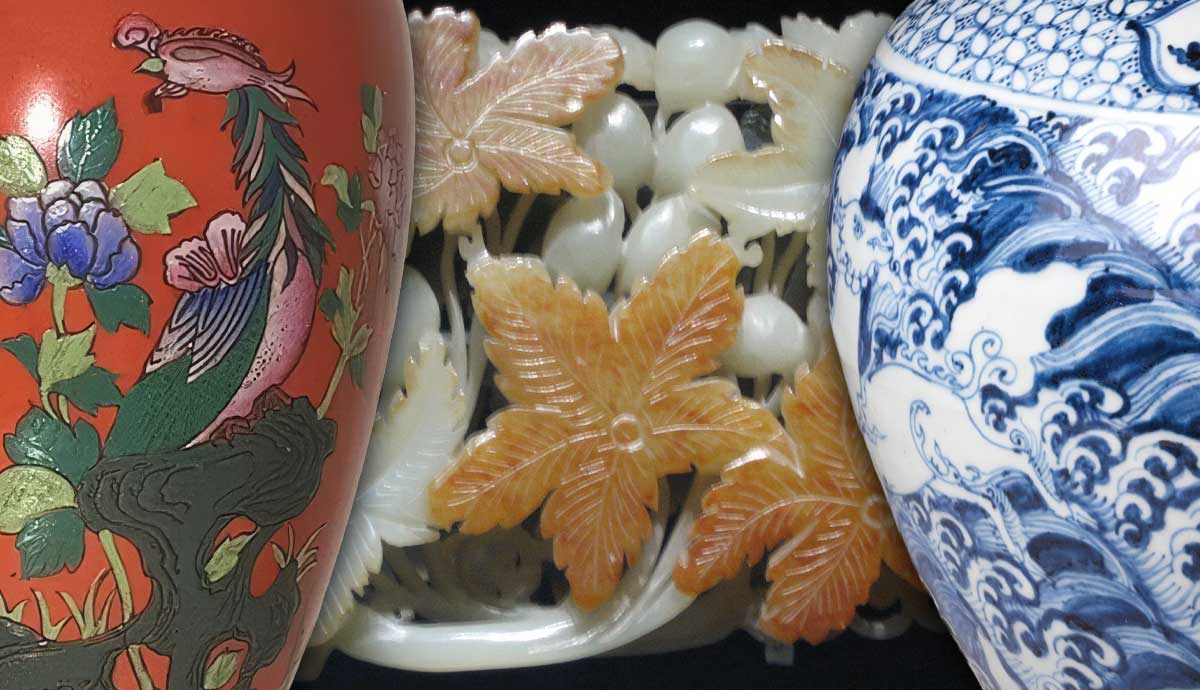
From ancient times to the present day, countless stories and legends tell of priceless lost treasures from all over the world, gone without a trace. Undoubtedly, any of these treasures would enrich our knowledge of the past or even change history, but after centuries of searching, they are unlikely to be discovered. The lost treasures of the world are innumerable, but there are a few with special significance to history. Here are 10 lost treasures whose value cannot be measured.
1. The Tomb of Genghis Khan

- Date lost: ca. 1227 CE
- Location: Burkhan Khaldun Mountains, Mongolia (legend)
Genghis Khan‘s death is shrouded in mystery. The great khan, who founded the Mongol Empire in 1206, died in the summer of 1227, during a campaign along the upper reaches of the Yellow River in Yinchuan. The real cause of his death remains unknown.
The secrecy surrounding Genghis Khan’s death gave birth to so much speculation and later inspired an endless stream of apocryphal stories that hardly differentiate from pure fiction.
It is logical to assume that he died from injuries received during the battle. Italian explorer Marco Polo, for example, suggested that an enemy arrow caused Genghis Khan’s wounds. According to other stories, however, the Mongol leader died after falling from his horse while hunting. More recently, it has also been suggested that he may have been killed by the bubonic plague.
Folklore holds that many years before his death, Genghis Khan wished to be buried in an unmarked grave in the Burkhan Khaldun Mountains in Mongolia.
Based on legends, every soldier involved in the burial was killed in order to keep the location secret. Other myths claim that his men released a thousand horses after the burial to further hide all traces and that they also altered the flow of the nearby river to run over his grave.
To this day, the exact location of Genghis Khan’s final resting place remains a mystery. Even after centuries of research and excavations, no trace of a tomb has been found, making it one of the most significant lost treasures of all time.
2. The Knights Templar Treasure

- Date lost: 1307 CE
- Location: France (original treasury locations uncertain)
The Knights Templar were one of the first and most famous religious military orders in Europe, founded in 1119. Its original purpose was to support the new kingdom of Jerusalem, founded after the First Crusade, against Muslim neighbors and to protect Christian pilgrims visiting the Holy Land.
Originally based in the royal palace, where once stood the Temple of Solomon (hence the name Templars), the order gained enormous influence and wealth over time. Kings and rulers gave them castles, estates, and other significant donations.
Their power, however, also inspired resentment. In 1307, Philip IV of France, with the pope’s backing, arrested the most influential knights in the kingdom, accused them of heresy, and sequestered their treasures and other properties.
By then, the Knights Templar were the subjects of many myths and legends. In particular, throughout the Middle Ages, they were thought to be the defenders of the Holy Grail. Their abrupt dissolution fueled the mystery surrounding the Templars, and to this day, some are still searching for their alleged hidden treasure, believing it included artifacts like the Ark of the Covenant. These legends were also used in books and movies, such as Indiana Jones and the Last Crusade (1989).
3. Lost Dutchman Mine

- Date lost: Late 1800s
- Location: Superstition Mountains, Arizona, USA
As long as you are interested in treasures, you have definitely heard of the Lost Dutchman Mine, supposedly located in the Superstition Mountains near Phoenix, Arizona.
The Lost Dutchman Mine is a gold mine allegedly found by a powerful Mexican family in the early 1800s. For years, they extracted as much gold as they could while keeping it a secret until their final expedition ended with the death of nearly the entire family, killed by the Apache in the region.
The last person to allegedly have seen the mine was the German immigrant Jacob Walzer, who found it in the late 1800s with his partner and hid part of the gold somewhere in the mountains. Before his death in 1891, he revealed the location of the mine to only one person – his neighbor, who looked after him in his final days.
Since then, many have tried to find it unsuccessfully. In fact, the area and the treasure itself are nowadays considered to be cursed since many who searched for the treasure in the past never came back.
4. The Library of the Moscow Tsars

- Date lost: Late 1500s, after 1584
- Location: Moscow, Russia (allegedly hidden in the city)
The library of the Moscow Tsars, otherwise known as the library of Ivan the Terrible, is believed to have contained a legendary collection of ancient books. The library remains a significant challenge for historians and archaeologists, as no convincing evidence has been found to date that it even existed.
It contained more than 800 books, including unique masterpieces of Greek and Roman literature, inherited by Ivan the Terrible from his grandmother, Sofia, who originally brought the library to Moscow from Rome. When the tsar inherited the library, he enriched it with rare manuscripts from all over Europe.
The list included 142 volumes of the History of Rome by Titus Livius, from which only 35 are known today, the full version of Cicero’s treatises De Re Publica, and numerous other ancient manuscripts.
According to legend, Ivan the Terrible hid the collection somewhere in Moscow, but after his death in 1584, no one could say where it was, and if it even existed.
5. The Amber Room

- Date lost: World War II (1941–45)
- Location: Catherine Palace, near St. Petersburg → possibly Königsberg, East Prussia
A symbol of both Russian and German masterpieces, the Amber Room was the pride and joy of the Romanov dynasty until it mysteriously disappeared during World War II. While Russian masters and scientists recreated this amazing place in the 21st century, the location of the original Amber Room continues to spark debate.
Peter the Great, the first Russian emperor (1682-1721), is known for his love of curiosities. His collection of unusual and unique objects, or the so-called Kunstkamera, continues to be displayed in St. Petersburg.
Even in Peter’s time, every monarch in Europe knew that there was no better way to please the powerful Russian tsar than to give him an extraordinary gift.
This is what the Prussian ruler Friedrich Wilhelm I did when he wanted to win Peter’s favor. In 1716, he presented the Russian emperor with a room designed by the best Baroque Prussian architects and sculptors, decorated with amber and gold. It was the famous Amber Room, which was later called the Eighth Wonder of the World for its stunning beauty.
According to Alfred Rode, a German art critic who supposedly took care of the Amber Room’s artifacts after they were stolen, they survived even the heavy bombings of Königsberg in 1944, where they were allegedly kept. However, the Soviet troops found no trace of them once they captured the city.
6. Ark of the Covenant

- Date lost: Possibly 587 BCE (Babylonian conquest)
- Location: Jerusalem or unknown; last seen at Solomon’s Temple
The Ark of the Covenant undoubtedly remains one of the most mystical objects mentioned in the Bible. Everyone remembers Spielberg’s blockbuster movie, Raiders of the Lost Ark (1981), where Indiana Jones went through great adventures to discover this priceless artifact. But what exactly was the ark?
According to the descriptions in the Bible, it was a chest of acacia wood with a gold casing, which symbolized the presence of God among the people. Inside was kept a golden pot with “heavenly manna,” Aaron’s rod, and two plates with God’s commandments written on them, received by the prophet Moses on Mount Sinai.
The ark was carried by the Jews to the Promised Land. By his supernatural powers, Yahweh’s people were invincible. The power of the ark dried up the Jordan River for the Israelites to cross and sent diseases to the Philistines, who dared to fight the elect of God.
The ark still existed during the reign of King Josiah in the 7th century BCE. It is believed to have been lost during the conquest of Jerusalem by the Babylonian King Nebuchadnezzar in 587 BCE or earlier, as it was not mentioned among the relics and treasures looted from Solomon’s temple. Obeying God’s command, the Israelites never created another ark, and its secret remained irretrievably lost.
7. Romanov Easter Eggs

- Date lost: Early to mid‑20th century (some eggs missing from early Soviet dispersion)
- Location: Originally in Russian royal collections
Peter Carl Fabergé was a Russian jeweler of French descent. He is known for the exceptional quality and beauty of his work, and especially for the popular Fabergé Eggs.
The royal tradition of the Fabergé Eggs began with Tsar Alexander III, who in 1885, ordered a decorative Easter egg from Fabergé’s studio as a gift for his wife, Empress Maria Feodorovna.
When she received the gift, Maria Feodorovna thought it was simply an egg made from white gold. However, the emperor had hidden several surprises inside in a similar way to the Russian matryoshka.
As she opened it, she found a golden yolk and, inside the yolk, a golden hen with ruby eyes. Inside the golden hen, there was a miniature copy of the imperial crown made of gold and diamonds, as well as a small ruby for the Empress to wear on a chain around her neck. This original egg is commonly known as “Hen.”
Fabergé would go on to make one egg per year for Alexander III until his death. This tradition was continued by his successor, Nicholas II, who, in total, ordered 44 more eggs.
The exact number of the precious eggs remains unknown since several were made for other powerful Russian families. It is believed that there were around 70 in total, but the mystery here is that 8 of the royal eggs have gone missing.
Each of the surviving Faberge eggs is worth millions of dollars, which means that the ones that are missing would be worth even more.
8. Jewels of King John

- Date lost: 1216 CE
- Location: Swamps near Lynn, Norfolk, England
King John of England (1166 – 1216) loved to collect jewelry and gold plates, and his collection was immeasurable. In 1216, the king traveled to Lynn in Norfolk, an area aptly called the Swamp due to its vast, dangerous swamps.
There, King John contracted dysentery and decided to return to Newark Castle for treatment. While he took a safe route back, his soldiers and carts, full of jewelry, even the crowns inherited from his grandmother, the Empress of Germany, took the short and dangerous route through the swamps.
There they disappeared. His treasure carriage was lost and never found again. King John himself died days later.
King John’s treasure is often considered to be the largest royal treasure in history. Was it truly lost due to the high tides, or a wrong step into the swamps, or was it stolen by his own kin?
9. Lost Inca Gold

- Date lost: 16th century (during Spanish conquest)
- Location: Likely hidden in jungle region, possibly Paititi (legendary city)
Many legends speak of the lost city of Paititi. According to some, this is where the ancient Incas hid their treasure from the Spanish conquistadors. Thanks to the unknown location and the legends surrounding the lost city, Paititi has become synonymous with the legendary El Dorado.
According to researchers, the golden city is located in the jungles of Peru. Many other settlements were discovered during the search, revealing clear evidence of Paititi’s existence.
Whether it is a legend like El Dorado or actually exists, and whether these two places are not actually the same, will be understood in the future.
10. Dead Sea Copper Scroll Treasures

- Date lost: Possibly after 1st century BCE
- Location: Qumran region, near Dead Sea
At the northern end of the Dead Sea near the town of Kalya, Palestine, is the Qumran archeological site. This is the location of the caves where the famous Dead Sea Scrolls were discovered by a Bedouin in 1946.
Later excavations of 11 caves by archaeologists have revealed 972 texts of parchment and papyrus and two unusual scrolls of copper, which are probably two parts of the same artifact.
The Copper Scroll in question was discovered in 1952, in the back of cave n.3, and differs not only in material but in contents. Indeed, it turned out that this is a detailed list of 64 places where significant amounts of gold and silver are supposedly hidden.
Unfortunately, the locations are described in a way that assumes the reader will recognize the mentioned places without needing precise instructions, which is why the mystery remains unsolved to this day.
The Copper Scroll is believed to have been created in the last century BCE. Although many historians believe that some of the treasures may have been discovered by the Romans during their invasion of the region, it is reasonable to assume that at least some of the sites remained undiscovered.










